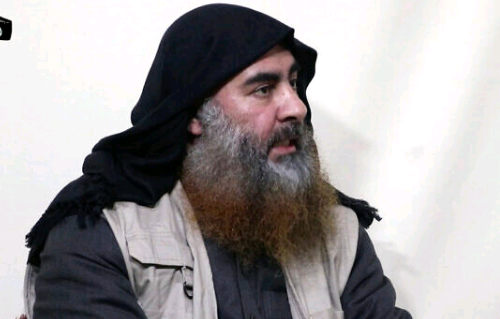This is a cross-post by Kyle Orton
In the Jerusalem Post on Sunday, Seth Frantzman wrote in opposition to the idea that the ex-military-intelligence officials of the Saddam Hussein regime had contributed significantly to the success of the Islamic State (ISIS) in taking over large swathes of Syria and Iraq. Much of what Frantzman says, about the overestimation of ISIS and Iran’s growing Imperium pushing Sunnis into ISIS’s camp, is unarguable, but he is in error about the time-frame of the ex-Saddamists’ migration into ISIS and underestimates their impact.
The core of Frantzman’s case is:
140 or so men who served under Saddam are thought to play a role in middle or senior ranks of IS. Three Saddam-era officers ended up in the top six ranks of IS. …
When one considers how large Saddam’s army was, it would be surprising if IS didn’t have a plethora of former Saddam-era soldiers. … Saddam’s elites were Sunnis, precisely the people disaffected under Nuri al-Maliki’s Shi’ite-led government. But what was this “formidable” military experience they brought to help IS? If they had fought in the Iran-Iraq war they would today be in their fifties or older.
Most of these men came of age when Saddam’s army was withering on the vine in the 1990s, and they spent 10 years supposedly unemployed from 2003 to 2013, when they decided to secretly become the backbone of IS? Why had they been such dismal insurgents for those 10 years, only then suddenly finding their stride?
Frantzman critiques the articles in The Washington Post by Liz Sly and Der Spiegel by Christoph Reuter, which appeared in April and helped—after a long delay in recognizing the role played by the ex-Saddamists in ISIS—popularize the idea that Ba’athists were in control of ISIS. In Frantzman’s telling, the Ba’athist “hidden hand” narrative has been sold by people in and around the Iraqi government as an excuse for the Iraqi army’s failure and as a plea for more Western help.
Frantzman mentions me by name as a contributor to this narrative, but in fact the area of disagreement I have with Frantzman is very small.
For example, I critiqued the Sly article back in April, noting that “Sly says, ‘after 2010, [ISIS’s new leader Abu Bakr al-Baghdadi] embarked on an aggressive campaign to woo the former officers’,” and this was clearly the wrong way around: those ex-officers supported al-Baghdadi’s accession to power from within ISIS.
More recently, I critiqued Reuter’s assessment by noting that where he has ISIS run by a cabal of Ba’athists/nationalists, who seize power after 2010 and then used the religious cover to bring in foreign zealots as shock troops to fight a local battle, this simply doesn’t meet the timeline. The “Ba’athists” within ISIS are better referred to as “former regime elements” or FREs because they had not been ideologically committed to Ba’athism for some time; they had converted to a form of Islamism during Saddam’s Faith Campaign. The most important FREs—including Reuter’s central character, Haji Bakr, a former colonel in Saddam’s intelligence who was the strategic planner of ISIS’s expansion into Syria—had joined ISIS in 2003-04, when it was a small, foreign-led organization, buttressing the point that these FREs were not Ba’athists: if the FREs just wanted to return to power there were larger insurgent units, with more Ba’ath-sympathetic ideologies and run by their former comrades in the Saddam regime, to choose from.
Do read the rest of the post here


